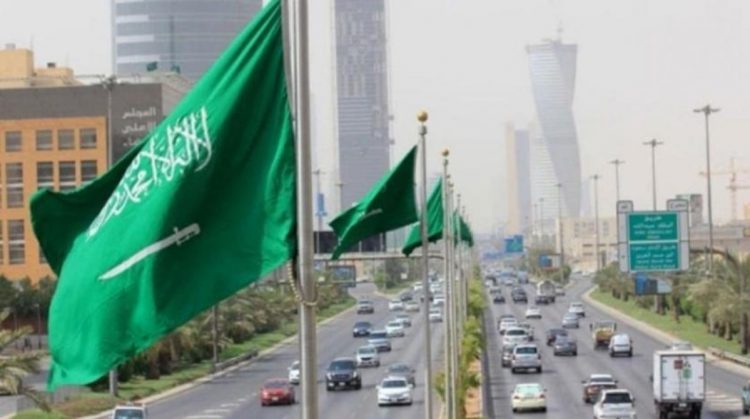Publisher: Maaal International Media Company
License: 465734
The World Bank raises its forecast for Saudi economy growth to 8.3% this year and 3.7% in 2023
Today, the World Bank raised its forecast for the growth of the Saudi economy this year to 8.3% instead of 7% last May, which represents the highest growth rate expected for the year after the Saudi Ministry of Finance raised its expectations last week to 8%, while the IMF expected In its last report last July, the International Monetary Fund reported 7.6% growth for this year, amid expectations that the Fund, in its expected report for the month of October, would raise its expectations also for the Saudi economy.
The expectations of the World Bank, the International Monetary Fund and the Ministry of Finance reflect the state of optimism about the strong recovery witnessed by the Saudi economy this year, which placed it at the forefront of the world in terms of growth rates for the year 2022.
With regard to the growth expectations of the Saudi economy during the year 2023, the World Bank expected it to achieve 3.7% growth, which is in line with the latest forecasts of the International Monetary Fund, but it is higher than the expectations of the Saudi Ministry of Finance at 3.1%.
اقرأ المزيد
In its report today, entitled “A New State of Mind: Enhancing Transparency and Accountability in the Middle East and North Africa,” the World Bank expected the Saudi budget to achieve a surplus of 6.8% of GDP for this year, and a surplus of 4.5% of GDP in the year 2023.
The Saudi economy has witnessed a series of reforms and restructuring since the launch of the Kingdom’s Vision 2030, which qualified it to face the repercussions of the Corona pandemic and the speed of recovery from it, in light of the declines in the global economy and affected by the closures.
The Saudi economy has also succeeded in facing the repercussions of the current Russian-Ukrainian crisis, which has cast a shadow on the growth rates of the global economy. However, the Kingdom’s economy has emerged among the world’s largest economies by achieving high growth rates this year with the support of the oil and non-oil sectors, which made it at the forefront of economies The year has grown this year.
At the level of the Middle East and North Africa region, the World Bank expects the economies of the region to grow by 5.5% this year – the fastest rate since 2016 – and that this will be followed by a decline in growth in 2023 to 3.5%. However, this growth is uneven across the region, as countries still striving to overcome the lasting effects of the COVID-19 pandemic are facing new shocks from higher oil and food prices due to the war in Ukraine and rising interest rates globally, as well as the slowdown in the economies of the United States, China, and the euro area.
The report pointed out that the oil-exporting countries in the region are benefiting from high oil and gas prices, while the oil-importing countries are facing adverse conditions, as they suffer from increased pressures and risks as a result of high import bills, especially food and energy imports, and the shrinking space available for spending in their public finances. Because it spent more on subsidizing prices to alleviate the suffering of its people from this rise.
The report believes that the Gulf Cooperation Council countries are on the right track to achieve growth of 6.9% in 2022, supported by rising oil and gas revenues, but it expects a slowdown in economic activity in 2023 to 3.7%, with an expected decline in oil prices. .
The report expected that developing oil-exporting countries will witness trends similar to those prevailing in the Gulf Cooperation Council countries, but at lower levels – with expectations that the year 2022 will witness a rise in growth rates to 4.1%, led by Iraq, before declining to 2.7% in 2023. .
For oil-importing developing countries, the report expects growth of 4.5% in 2022 and 4.3% in 2023. However, slowing growth in Europe presents a significant risk, as this group of countries depends more on trade with oil.









